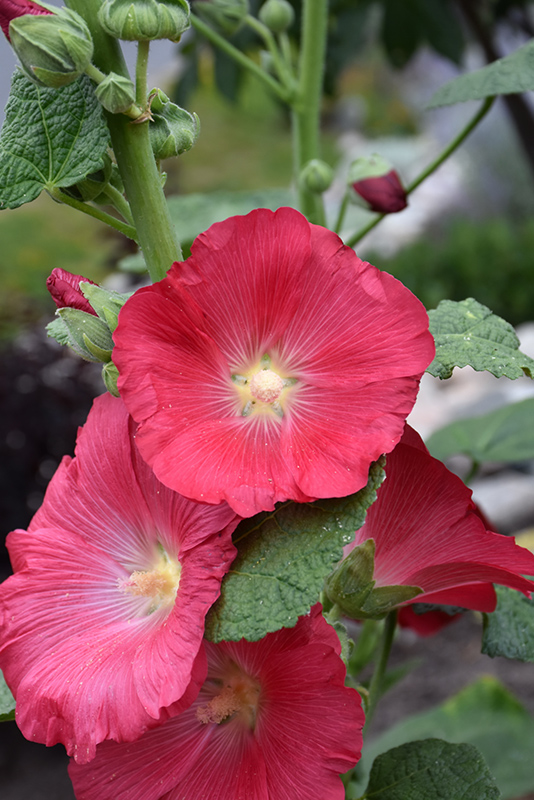Memorial Day Tree Sale Now - March 27th! While Supplies Last

Plant Finder
Plant Height: 4 feet
Flower Height: 6 feet
Spread: 18 inches
Sunlight:

Hardiness Zone: 3a
Other Names: Althaea rosea
Description:
A beautiful towering variety that features large, brightly colored blooms throughout the summer months; a low maintenance selection perfect for garden beds, containers, or used for screening and in fresh cut arrangements
Ornamental Features
Hollyhock features bold spikes of pink round flowers with cherry red eyes rising above the foliage from mid to late summer. The flowers are excellent for cutting. Its large tomentose round leaves remain green in color throughout the season.
Landscape Attributes
Hollyhock is an herbaceous perennial with a rigidly upright and towering form. Its relatively coarse texture can be used to stand it apart from other garden plants with finer foliage.
This is a high maintenance plant that will require regular care and upkeep, and should only be pruned after flowering to avoid removing any of the current season's flowers. It is a good choice for attracting hummingbirds to your yard, but is not particularly attractive to deer who tend to leave it alone in favor of tastier treats. Gardeners should be aware of the following characteristic(s) that may warrant special consideration;
- Disease
- Self-Seeding
Hollyhock is recommended for the following landscape applications;
- Vertical Accent
- Mass Planting
- Hedges/Screening
- General Garden Use
- Container Planting
Planting & Growing
Hollyhock will grow to be about 4 feet tall at maturity extending to 6 feet tall with the flowers, with a spread of 18 inches. It tends to be leggy, with a typical clearance of 1 foot from the ground, and should be underplanted with lower-growing perennials. The flower stalks can be weak and so it may require staking in exposed sites or excessively rich soils. It grows at a fast rate, and tends to be biennial, meaning that it puts on vegetative growth the first year, flowers the second, and then dies. However, this species tends to self-seed and will thereby endure for years in the garden if allowed. As an herbaceous perennial, this plant will usually die back to the crown each winter, and will regrow from the base each spring. Be careful not to disturb the crown in late winter when it may not be readily seen!
This plant should only be grown in full sunlight. It prefers to grow in average to moist conditions, and shouldn't be allowed to dry out. It is not particular as to soil type or pH. It is highly tolerant of urban pollution and will even thrive in inner city environments. This species is not originally from North America.
Hollyhock is a fine choice for the garden, but it is also a good selection for planting in outdoor pots and containers. With its upright habit of growth, it is best suited for use as a 'thriller' in the 'spiller-thriller-filler' container combination; plant it near the center of the pot, surrounded by smaller plants and those that spill over the edges. It is even sizeable enough that it can be grown alone in a suitable container. Note that when growing plants in outdoor containers and baskets, they may require more frequent waterings than they would in the yard or garden.

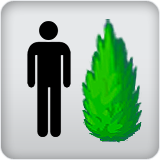
 Characteristics
Characteristics
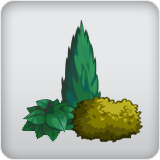
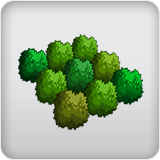


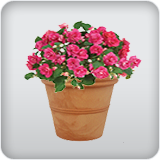 Applications
Applications



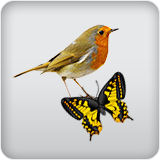
 Features & Attributes
Features & Attributes
Plant Height: 4 feet
Flower Height: 6 feet
Spread: 18 inches
Sunlight:
![]()
Hardiness Zone: 3a
Other Names: Althaea rosea
Description:
A beautiful towering variety that features large, brightly colored blooms throughout the summer months; a low maintenance selection perfect for garden beds, containers, or used for screening and in fresh cut arrangements
Ornamental Features
Hollyhock features bold spikes of pink round flowers with cherry red eyes rising above the foliage from mid to late summer. The flowers are excellent for cutting. Its large tomentose round leaves remain green in color throughout the season.
Landscape Attributes
Hollyhock is an herbaceous perennial with a rigidly upright and towering form. Its relatively coarse texture can be used to stand it apart from other garden plants with finer foliage.
This is a high maintenance plant that will require regular care and upkeep, and should only be pruned after flowering to avoid removing any of the current season's flowers. It is a good choice for attracting hummingbirds to your yard, but is not particularly attractive to deer who tend to leave it alone in favor of tastier treats. Gardeners should be aware of the following characteristic(s) that may warrant special consideration;
- Disease
- Self-Seeding
Hollyhock is recommended for the following landscape applications;
- Vertical Accent
- Mass Planting
- Hedges/Screening
- General Garden Use
- Container Planting
Planting & Growing
Hollyhock will grow to be about 4 feet tall at maturity extending to 6 feet tall with the flowers, with a spread of 18 inches. It tends to be leggy, with a typical clearance of 1 foot from the ground, and should be underplanted with lower-growing perennials. The flower stalks can be weak and so it may require staking in exposed sites or excessively rich soils. It grows at a fast rate, and tends to be biennial, meaning that it puts on vegetative growth the first year, flowers the second, and then dies. However, this species tends to self-seed and will thereby endure for years in the garden if allowed. As an herbaceous perennial, this plant will usually die back to the crown each winter, and will regrow from the base each spring. Be careful not to disturb the crown in late winter when it may not be readily seen!
This plant should only be grown in full sunlight. It prefers to grow in average to moist conditions, and shouldn't be allowed to dry out. It is not particular as to soil type or pH. It is highly tolerant of urban pollution and will even thrive in inner city environments. This species is not originally from North America.
Hollyhock is a fine choice for the garden, but it is also a good selection for planting in outdoor pots and containers. With its upright habit of growth, it is best suited for use as a 'thriller' in the 'spiller-thriller-filler' container combination; plant it near the center of the pot, surrounded by smaller plants and those that spill over the edges. It is even sizeable enough that it can be grown alone in a suitable container. Note that when growing plants in outdoor containers and baskets, they may require more frequent waterings than they would in the yard or garden.

